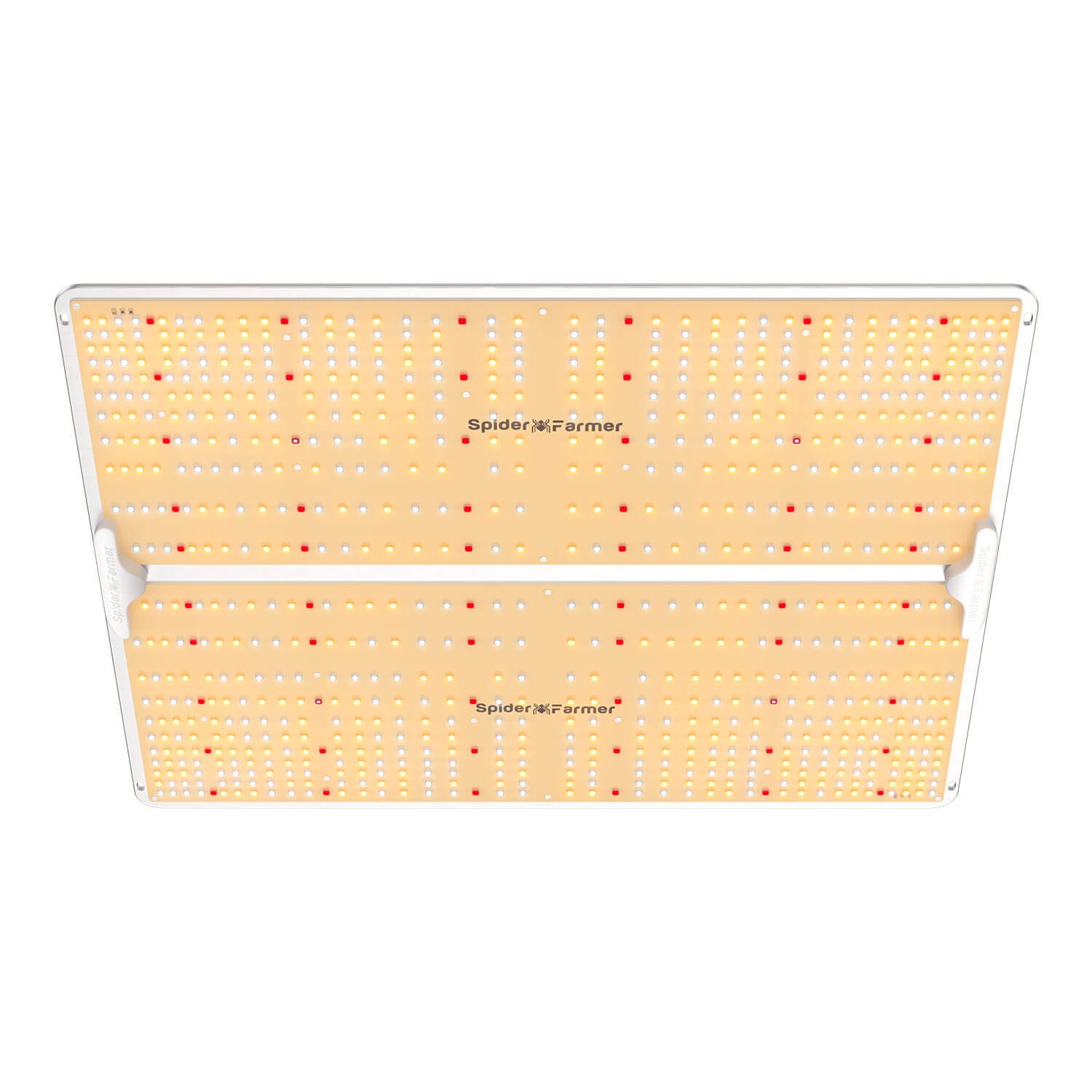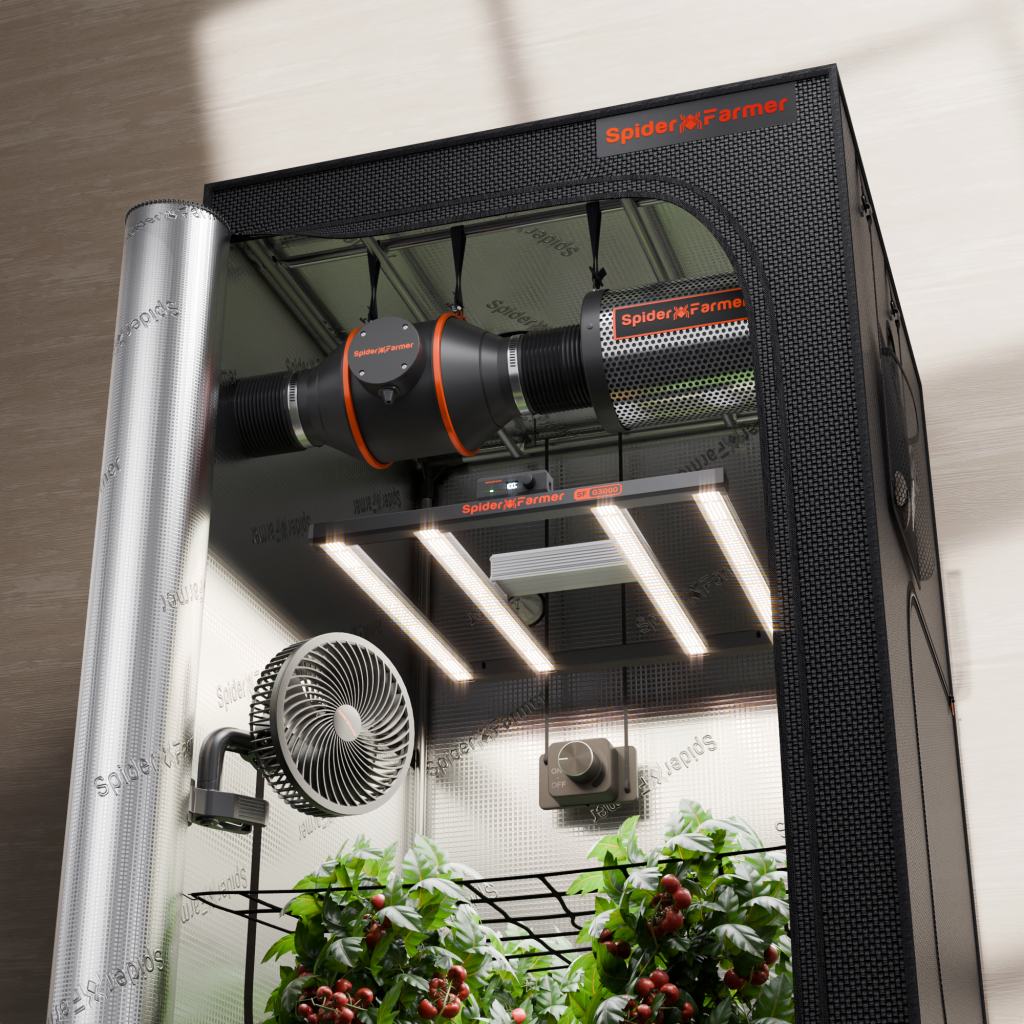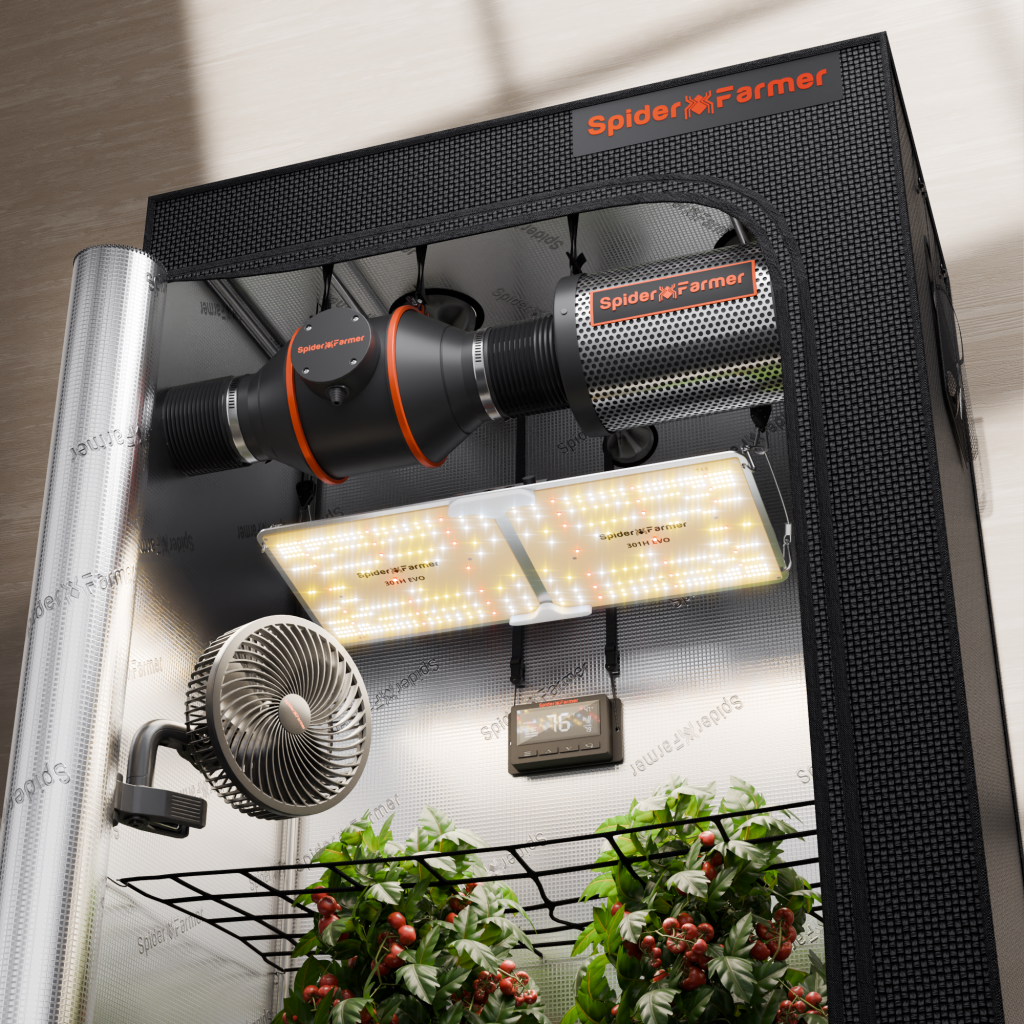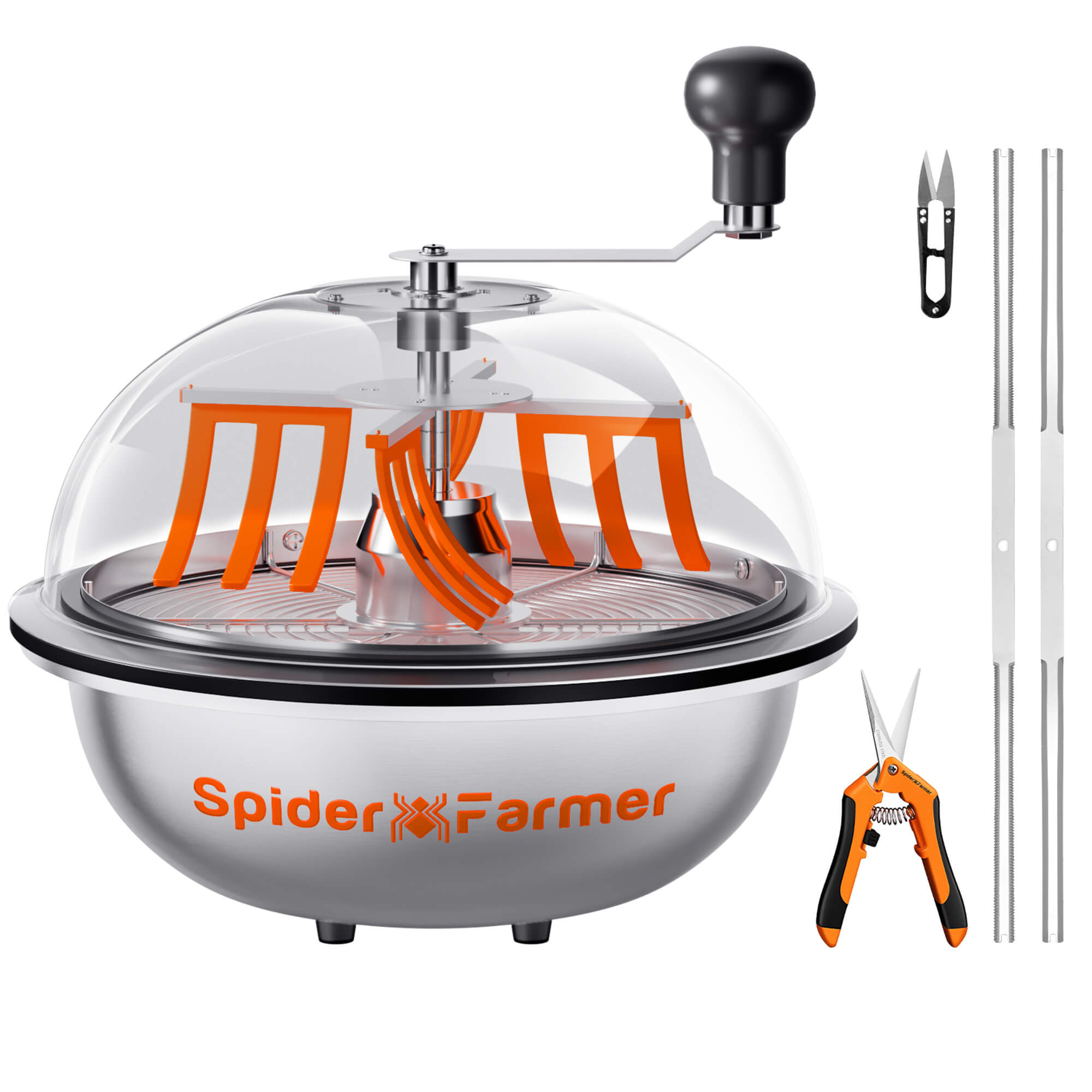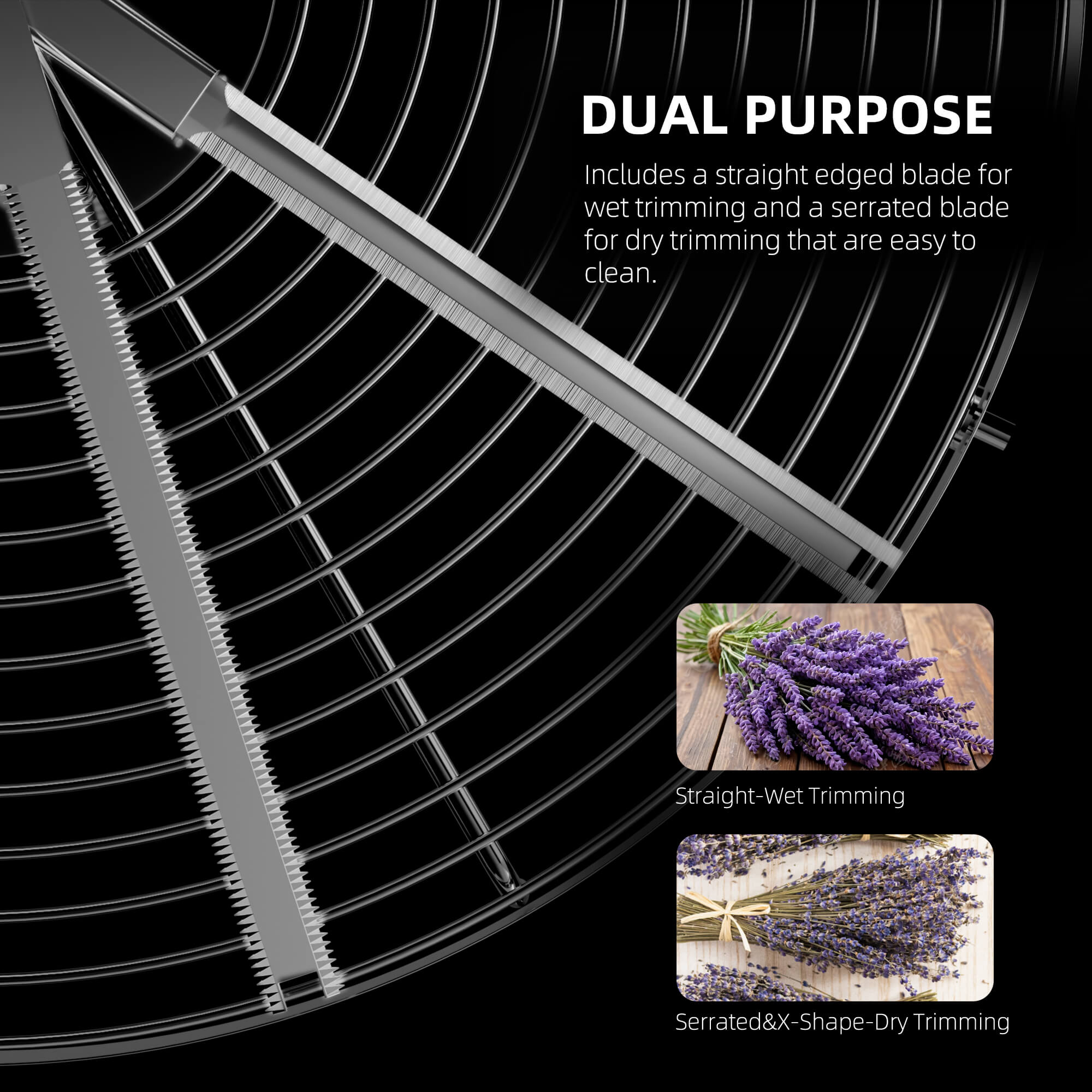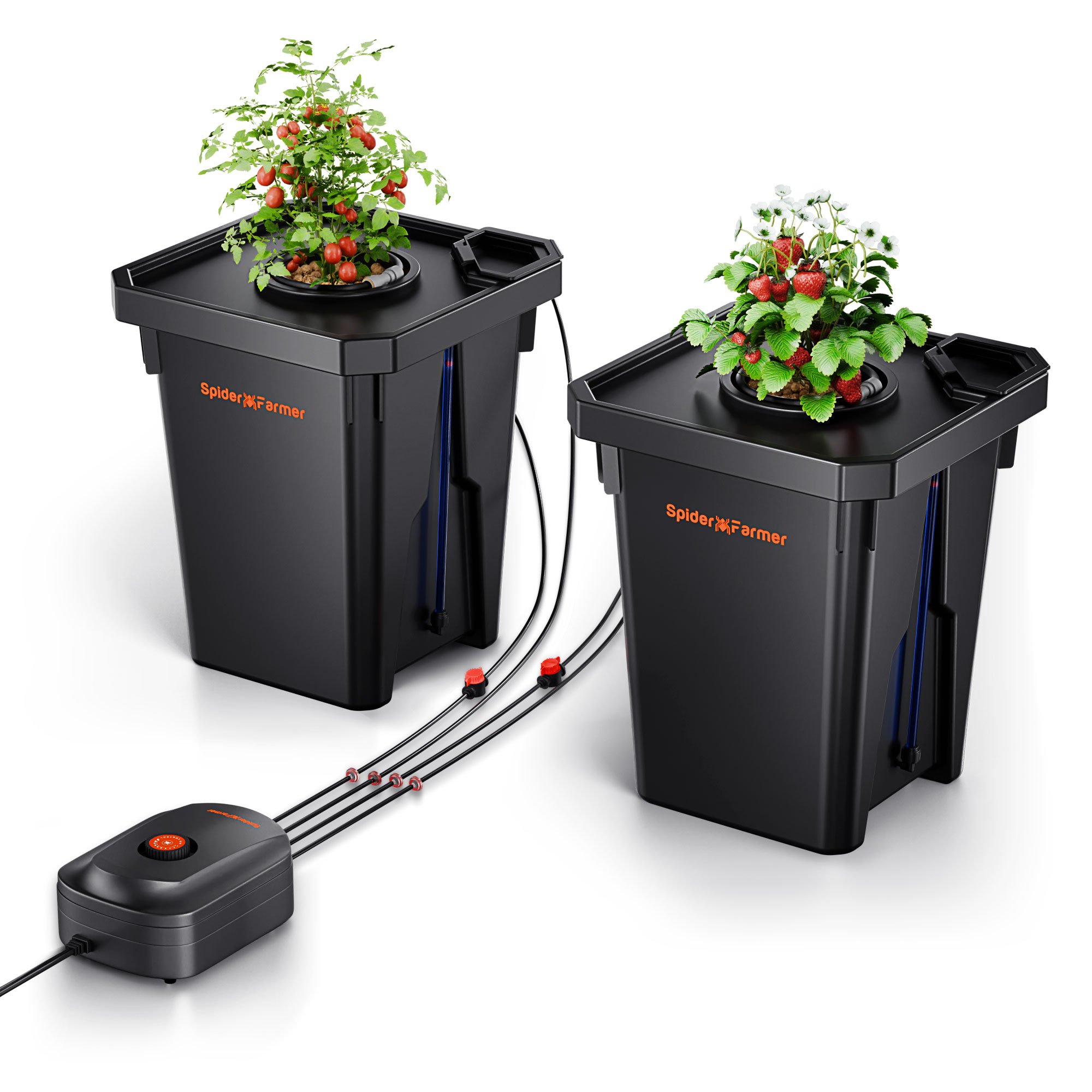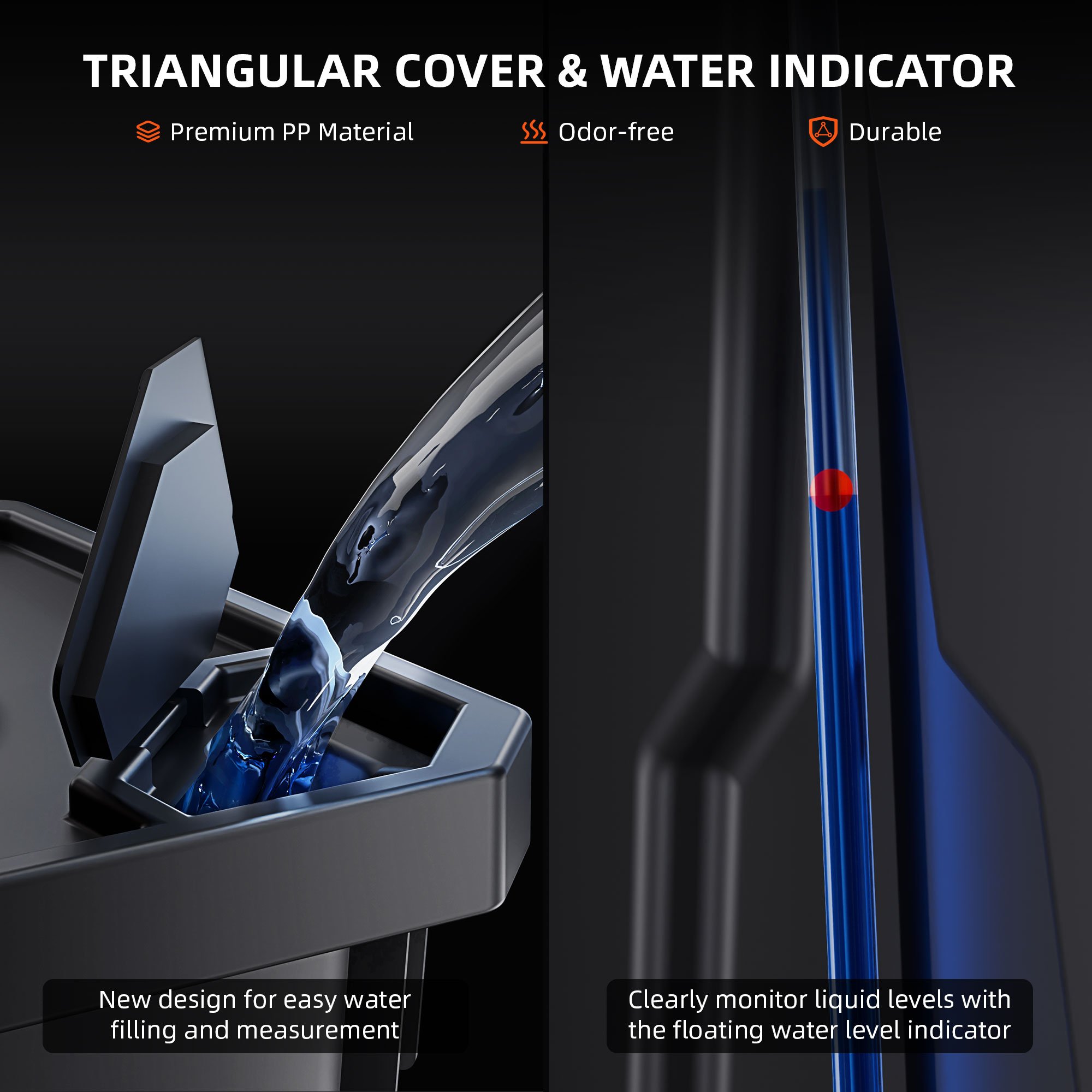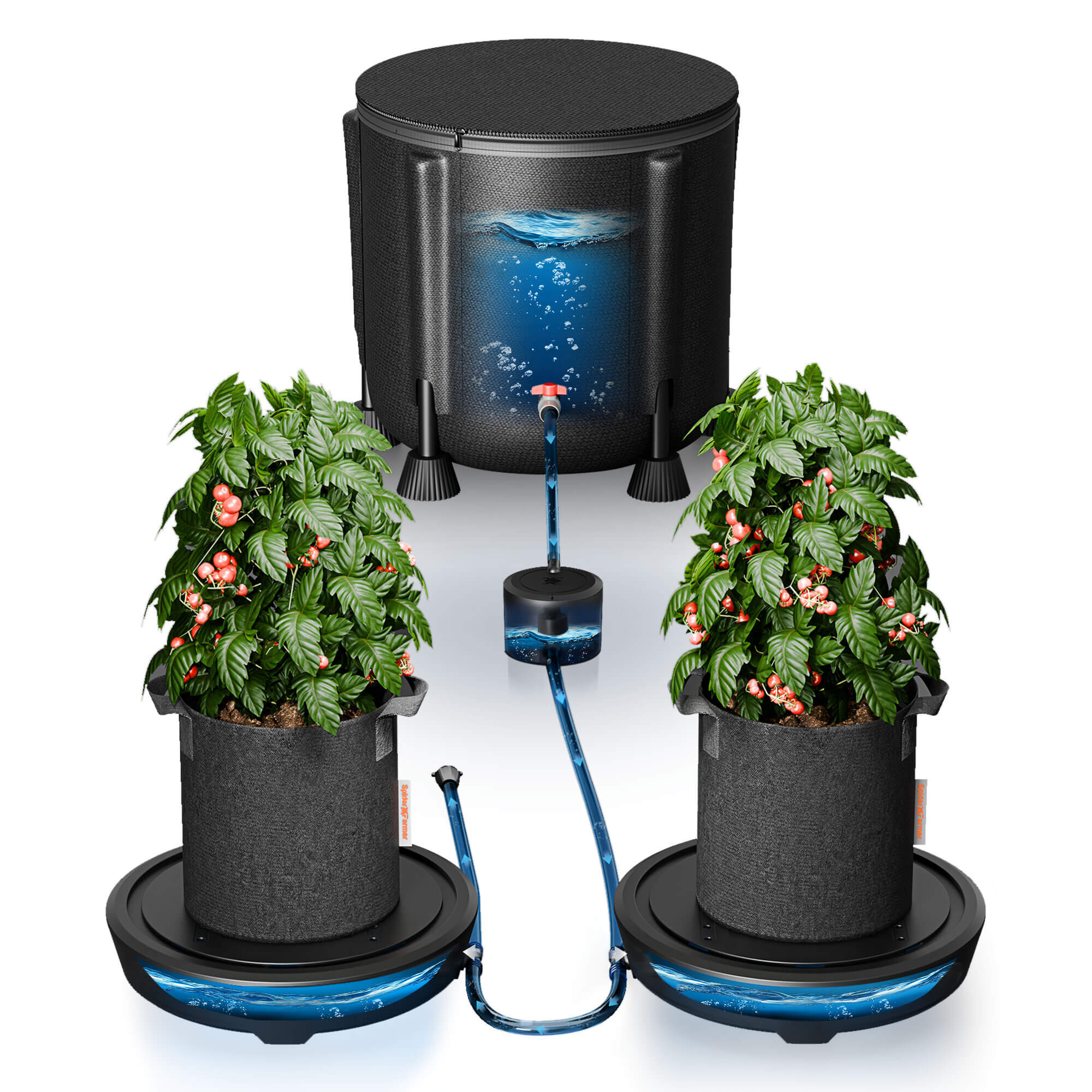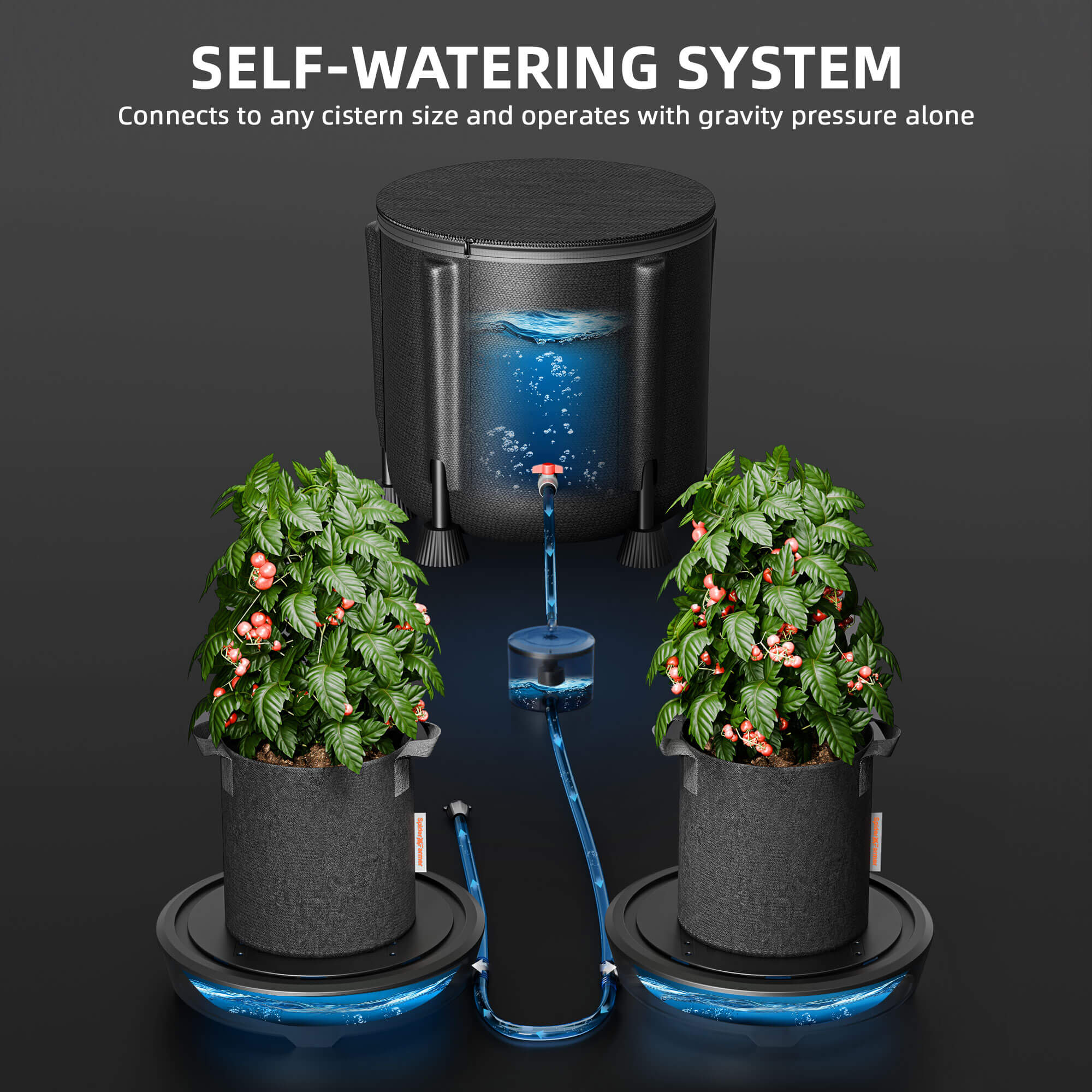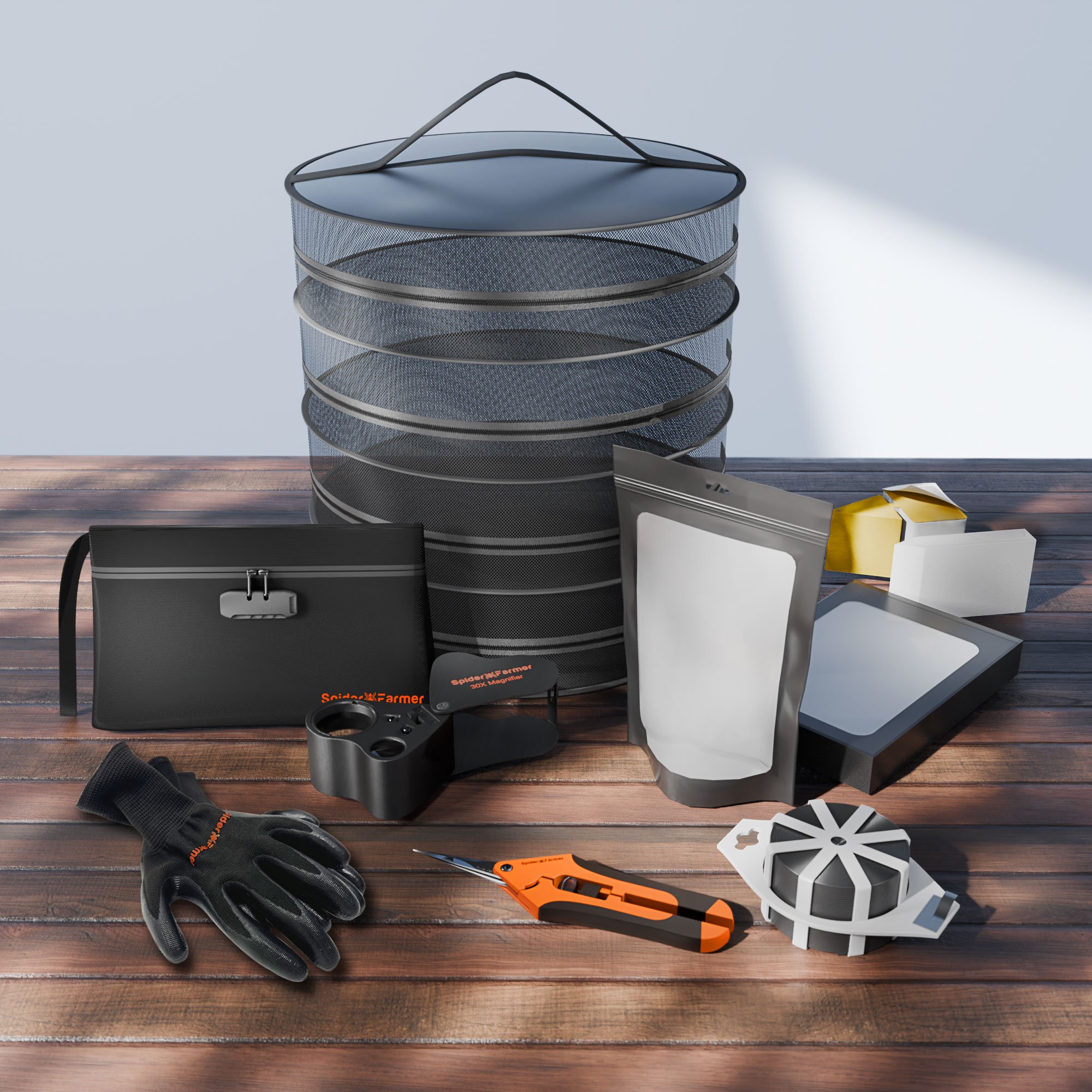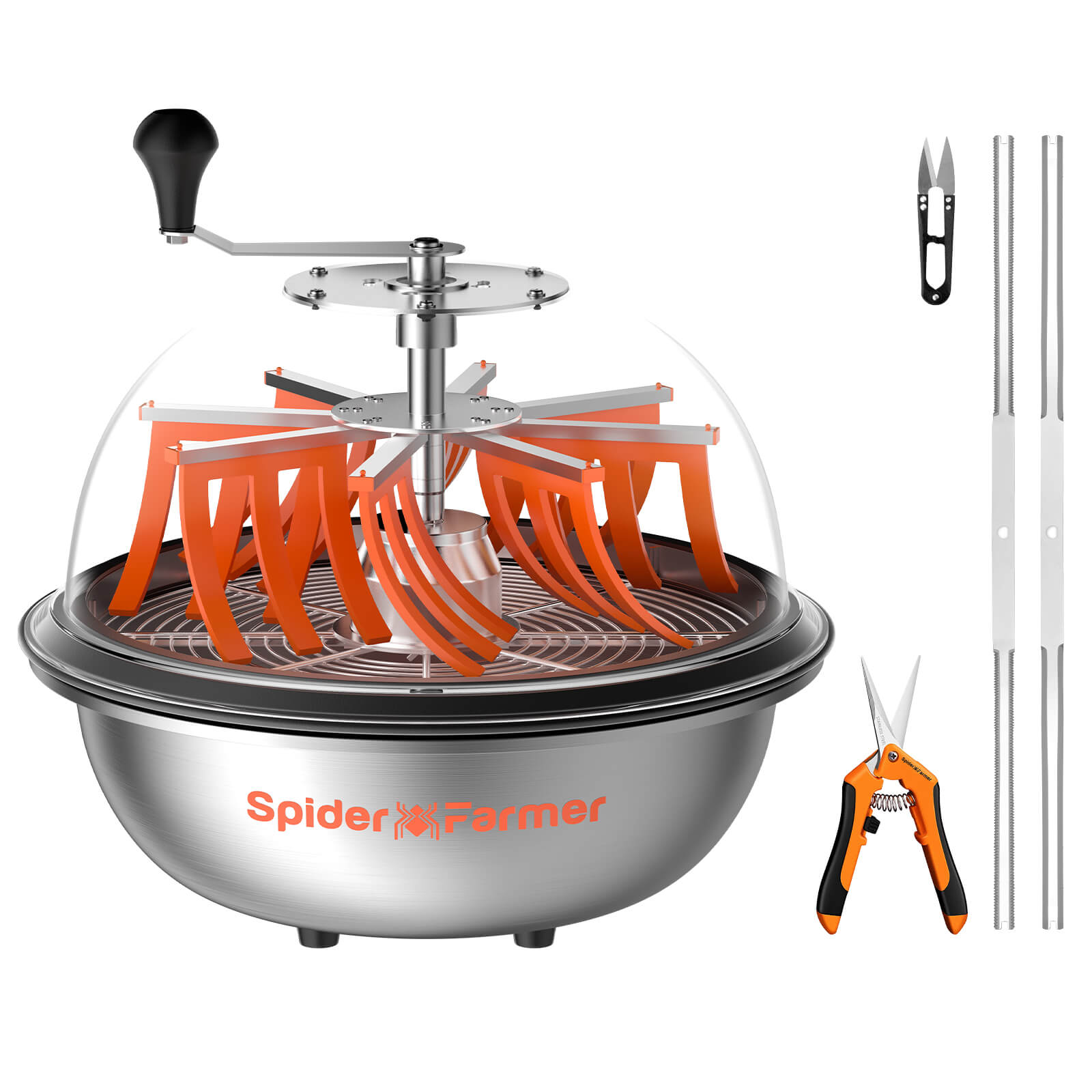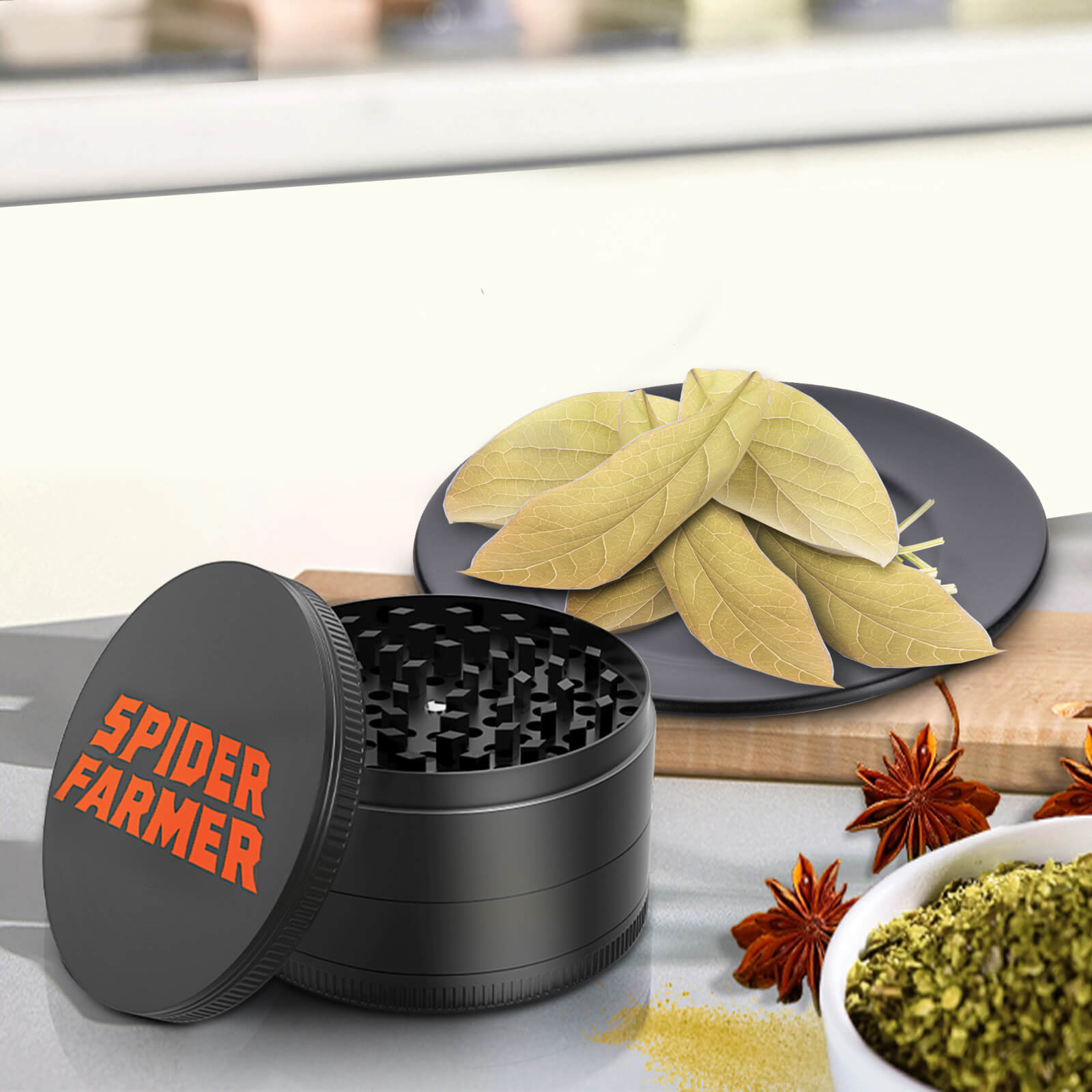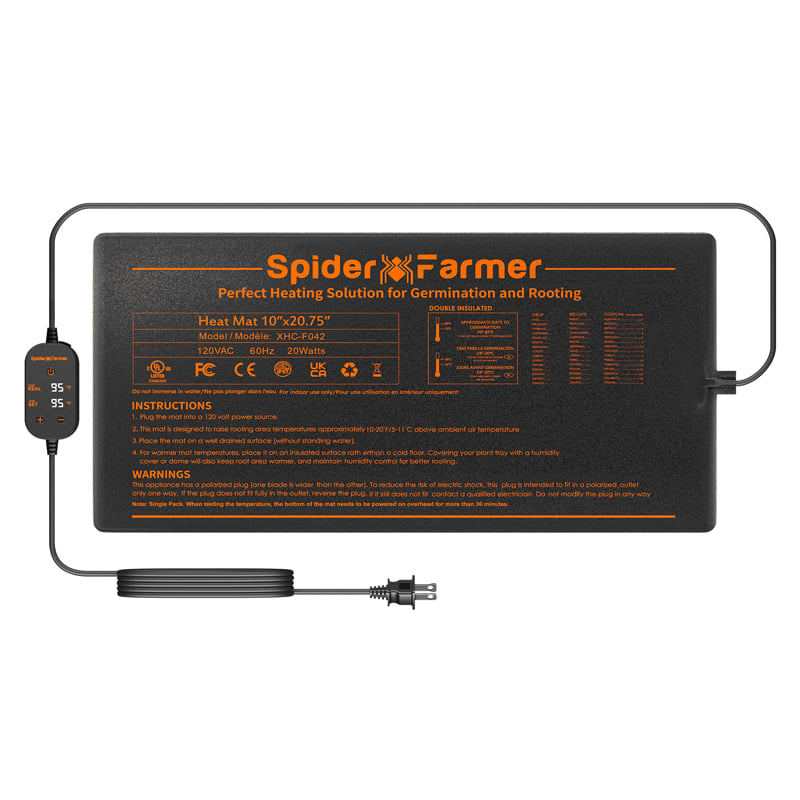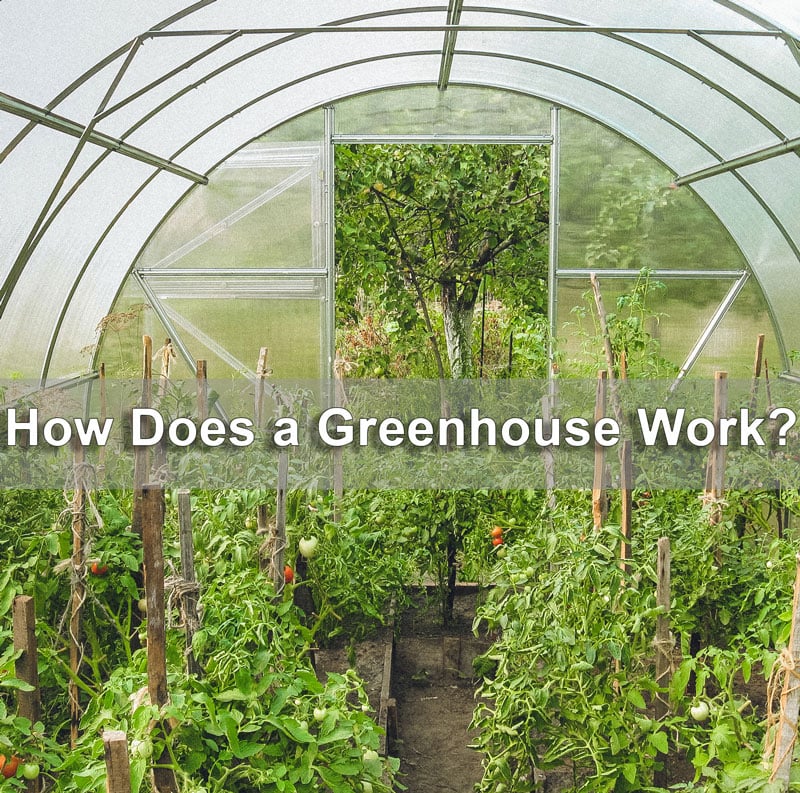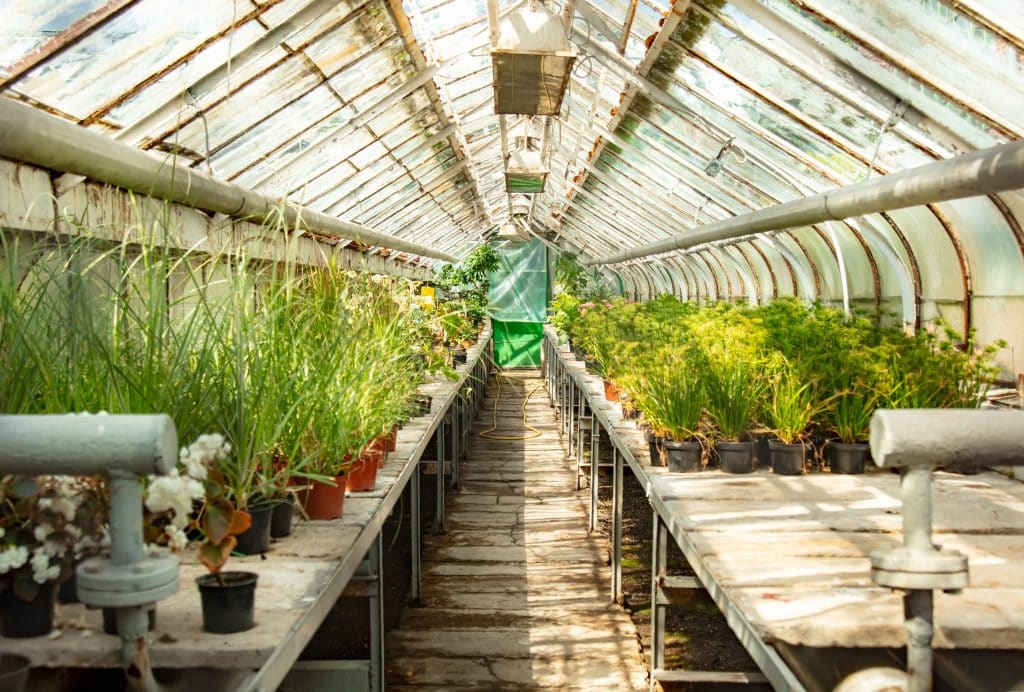Greenhouses have become a cornerstone of modern agriculture, providing a controlled environment for efficient plant growth. With a greenhouse, growers can enjoy uninterrupted plant cultivation all year round. Many of you may wonder, how does a greenhouse work to stay warm? This article delves into the whole system of greenhouses, shedding light on their structural, environmental, and technological aspects with step-by-step explanations.
Table of Contents
What is a Greenhouse
A greenhouse, fundamentally, is a structure primarily made of transparent material like glass, plastic, or even cattle panel. Its purpose is to cultivate plants by providing a controlled environment that optimally utilizes natural sunlight. This natural process involves sunlight penetrating the transparent materials and warming up the air and soil inside. Unlike the outside environment, this heat is retained within the greenhouse, creating a warm and stable climate conducive to plant growth.
How Does Greenhouses Work Step-by-step
You can consider the greenhouse as a machine working its way. With major 4 procedures, it’s able to breed your plants with adequate light, heat, and humidity.
Step 1: Sunlight Penetrates the Greenhouse
The greenhouse, typically made of glass or clear plastic, allows sunlight to pass through its roof and walls. Inside the greenhouse, plants and other objects are exposed to this light. These materials absorb the light energy from the sun, much like how things outside in the sun soak up sunlight.
Step 2: Conversion of Light to Heat
Similar to how you feel warm when standing in the sun, the plants and objects inside the greenhouse absorb the sunlight and convert this light energy into heat. This is a natural process where the energy from the sun, initially in the form of light, is transformed into thermal energy.
Step 3: Slow Release of Heat
After absorbing the sunlight and converting it to heat, the plants and objects inside the greenhouse don't immediately lose this heat. Instead, they release it slowly over time. This is akin to how a car parked in the sun stays warm for a while even after the sun goes down. The gradual release of heat from these objects warms the air inside the greenhouse.
Step 4: Trapping Heat Inside the Greenhouse
The structure of the greenhouse plays a crucial role in maintaining warmth. The glass or plastic walls and roof trap the heat inside because heat energy, which has a different wavelength compared to light energy, doesn't escape as easily. While some heat does get out, and additional heating might be needed during colder months or at night, the greenhouse effectively retains a significant amount of heat.
Additionally, a well-designed ventilation system is essential in a greenhouse. It helps circulate air and introduces fresh carbon dioxide from the outside, which is vital for plant growth.
Benefits of Using Greenhouses
If you are still hesitating to build a greenhouse or not, why not check the following advantages of having one greenhouse before making the decision?
Extended Growing Season: One of the primary advantages of a greenhouse is the extension of the growing season. By controlling the internal climate, plants can be grown for longer periods than would be possible outdoors. This means that you can start planting earlier in the spring and continue growing later into the fall, or even year-round in some cases.
Protection from Adverse Weather: Greenhouses provide a shield against adverse weather conditions like strong winds, heavy rain, hail, and extreme temperatures. This protection is vital for delicate plants that can be easily damaged by harsh weather.
Pest and Disease Control: A controlled environment helps in reducing the problems caused by pests and diseases. By isolating plants from the outside environment, the risk of pests and disease is significantly reduced, leading to healthier plants and better yields.
Optimized Growing Conditions: Greenhouses allow for the regulation of temperature, humidity, light exposure, and watering. This level of control can create optimal growing conditions for a wide variety of plants, leading to more efficient growth and higher-quality produce.
What Is the Greenhouse Effect
As the name suggests, the greenhouse effect is a natural process that warms the Earth’s surface. To break the process into pieces:
- Solar Radiation: The sun emits energy, which travels to the Earth in the form of solar radiation, including visible light, ultraviolet light, and infrared radiation.
- Absorption and Reflection of Solar Energy: When this solar radiation reaches the Earth, some of it is absorbed by the Earth's surface, and some is reflected back into space. The absorbed energy warms the planet.
- Re-radiation of Heat: The Earth's surface then releases this energy in the form of infrared thermal radiation, which moves upward into the atmosphere.
- Trapping of Heat by Greenhouse Gases: The atmosphere contains gases known as greenhouse gases, including carbon dioxide (CO2), methane (CH4), water vapor (H2O), nitrous oxide (N2O), and others. These gases have the unique property of being able to absorb and emit infrared radiation. When the Earth's surface releases heat as infrared radiation, these greenhouse gases absorb some of this heat and then re-emit it in all directions, including back towards the Earth’s surface.
While the greenhouse effect is a natural and necessary phenomenon, human activities, primarily the burning of fossil fuels and deforestation, have increased the concentration of greenhouse gases in the atmosphere. This enhanced greenhouse effect is leading to global warming and climate change, as more heat is being trapped, causing the Earth's average temperature to rise.
Conclusion
In conclusion, greenhouses represent an ingenious application of the natural greenhouse effect, creating optimal conditions for plant growth. By harnessing sunlight and controlling internal climates, greenhouses extend growing seasons, protect plants, and enhance yields. This sustainable approach to agriculture is increasingly vital in our quest for food security and environmental stewardship.


